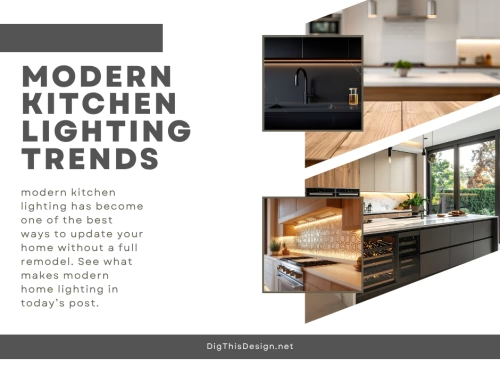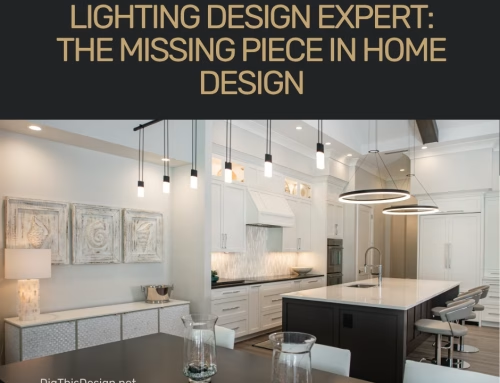Why Footcandles Matter in Kitchen Lighting
When planning kitchen lighting, one of the most common mistakes is underestimating how much light you need for different areas. A kitchen isn’t a single-use space; it’s a multitasking hub where you cook, clean, entertain, and sometimes even work.
Each zone, prep, cook, dine, and accent, requires different light levels for optimum function. Lighting levels are measured in footcandles (fc), which describe the brightness of light on a surface one foot away from its source.
Think of it as the “mood meter” of your kitchen. Too few footcandles and your countertops feel dim; too many and your kitchen becomes harsh and uncomfortable. Balancing these levels is what makes great lighting look effortless.
Recommended Footcandle Levels for Kitchen Lighting
Here’s a quick guide for general reference:
| Lighting Type | Recommended Footcandles | Area |
|---|---|---|
| Ambient Lighting | 30–40 fc | Overall illumination |
| Task Lighting | 50–75 fc | Counters, islands, sinks |
| Accent Lighting | 20–30 fc | Cabinets, features, artwork |
These are averages, not hard rules. Factors like wall color, fixture efficiency, and ceiling height can all impact how bright a space feels. That’s where your adjustment formula comes in handy.
The Easy Footcandle Adjustment Formula (Cheat Sheet)
Use this simple cheat sheet formula to calculate the adjusted number of fixtures or lumens you’ll need in yourlighting plan:
Adjusted Footcandles = (Target Footcandles × Room Area in sq. ft.) ÷ Fixture Efficiency
How It Works
-
Target Footcandles — Use the recommended levels above (for example, 50 fc for task lighting).
-
Room Area — Multiply the length × width of your kitchen.
-
Fixture Efficiency — Estimate how much usable light each fixture delivers after reflection and diffusion. (A good average for LED fixtures is 0.8 or 80% efficient.)
Example Calculation
Let’s say your kitchen is 12′ x 14′, and you’re lighting it with recessed LEDs rated for 800 lumens each. You want about 50 fc for prep areas.
-
Area: 12 × 14 = 168 sq. ft.
-
Target Footcandles: 50
-
Fixture Efficiency: 0.8
Formula: (50 × 168) ÷ 0.8 = 10,500 lumens total
Then divide by fixture output:
10,500 ÷ 800 lumens per fixture = about 13 fixtures
That gives you evenly balanced, comfortable light across the kitchen. (Tip: Always install dimmers for flexibility.)
Pro Tips for Adjusting Your Kitchen Lighting Plan
1. Layer Your Light
Even the best footcandle math won’t work without layered lighting. Combine ambient, task, and accent lighting to add depth and function to your kitchen lighting design.
2. Consider Surface Reflectance
Dark countertops and cabinetry absorb more light, meaning you may need to increase your footcandle target by 10–20%. Lighter finishes reflect more, letting you reduce brightness slightly.
3. Adjust for Ceiling Height
For every foot above 8 feet, add roughly 10% more lumens to maintain consistent brightness.
4. Choose Quality Fixtures
Not all fixtures are equal. For task zones, use fixtures with narrower beam spreads. For general illumination, choose wide-angle or diffused lighting.
5. Always Use Dimmers
Dimmers are essential for mood control—bright for cooking, soft for dining. They also help extend the life of your kitchen lighting fixtures.
Kitchen Lighting Cheat Sheet
| Kitchen Zone | Recommended Footcandles | Notes |
|---|---|---|
| Ambient | 30–40 fc | Ceiling or recessed fixtures |
| Task | 50–75 fc | Countertops, island, sink areas |
| Accent | 20–30 fc | Cabinets, niches, or features |
| Dining | 30–50 fc | Pendants or chandeliers on dimmers |
Bringing It All Together
Perfect kitchen lighting isn’t about flooding the space with light—it’s about control, comfort, and precision. By using this proven footcandle formula, you’ll know exactly how much light your kitchen needs and how to adjust for style, surface color, and ceiling height.
The result? A kitchen that’s bright when you need it, cozy when you want it, and stunning all the time.
So grab your calculator, your fixture specs, and this handy cheat sheet, and the perfect kitchen lighting plan is only a few numbers away.





